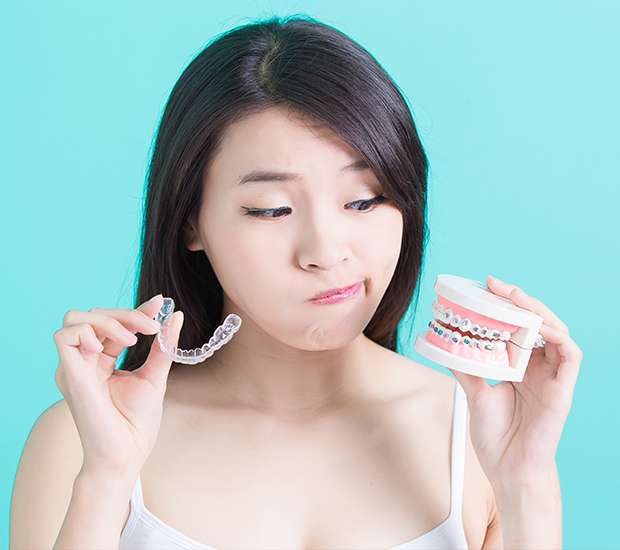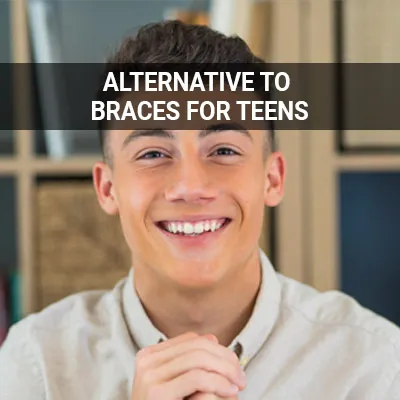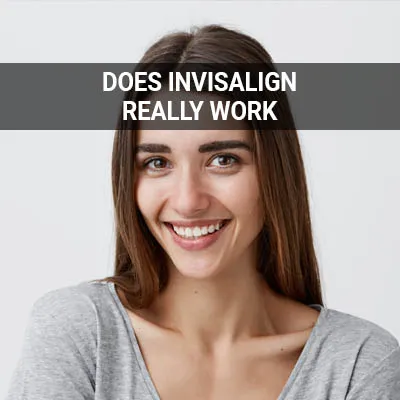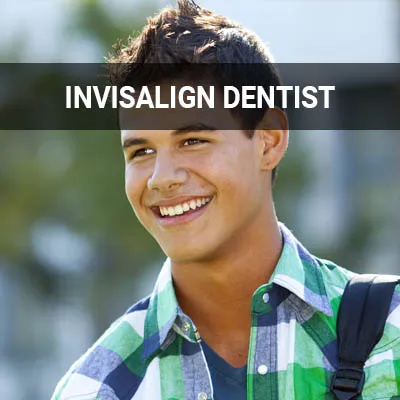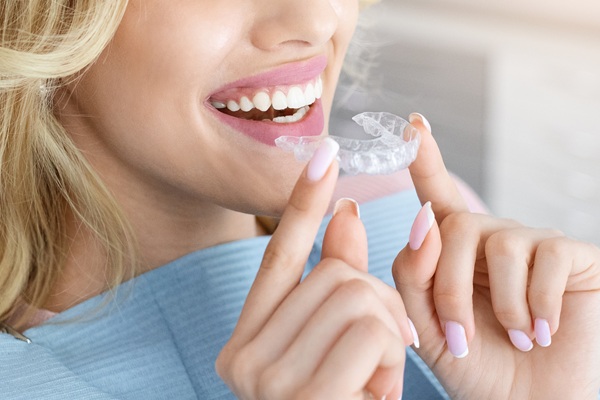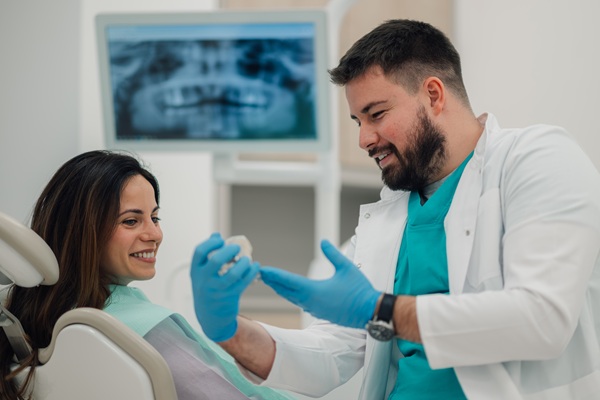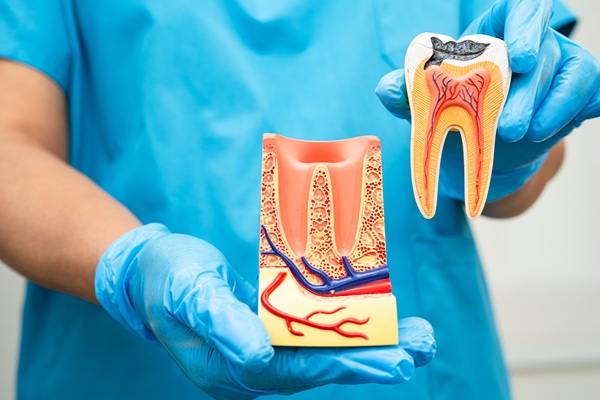Which is Better Invisalign or Braces Aurora, CO
When deciding whether Invisalign® or braces are better, patients should compare their effectiveness, reversion after treatment, and dietary restrictions. While both orthodontic treatments straighten teeth, Invisalign offers unique benefits due to their discrete appearance and removability. Patients should carefully consider the advantages and disadvantages of both appliances before making a decision.
Orthodontic treatment is available at Southland Smiles in Aurora and the surrounding area. Our team can help determine whether Invisalign or braces is the right choice for you. Call us today at (720) 599-2961 to learn more about our services or schedule an appointment.
Invisalign vs. Other Orthodontic Options
Invisalign involves wearing a series of clear, plastic aligners that gently move teeth into alignment over time. Since the aligner trays are clear, they are virtually invisible compared to other orthodontic options. Patients who prefer more discreet orthodontic appliances can feel less self-conscious while wearing Invisalign.
Other orthodontic treatments, such as braces, utilize wires and brackets that may consist of various materials from ceramic to metal. These appliances require more frequent appointments than Invisalign so that patients can have their wires and brackets adjusted or replaced. While Invisalign treatment for mild non-extraction cases is faster than with fixed appliances, it requires more time for more complex cases, according to a study in Progress in Orthodontics.
“Patients who prefer more discreet orthodontic appliances can feel less self-conscious while wearing Invisalign.”
When Braces Are More Effective
Invisalign and braces can treat many of the same orthodontic issues, including crooked teeth, overbites, underbites, minor gaps, and crowding. Unlike Invisalign, braces are more effective than Invisalign for correcting more complicated problems. While Invisalign is beneficial for aesthetic purposes and simple malocclusions, braces can apply greater force and create major tooth movements.
Consequently, braces can treat rotated teeth, large gaps, intrusion, and extrusion. A prospective follow-up study by the American Journal of Orthodontics and Dentofacial Orthopedics found that rotation had the lowest overall accuracy of all the tooth movements with Invisalign. Patients with prior dental work or short, round, or pegged teeth may also benefit from braces over Invisalign.
“While Invisalign is beneficial for aesthetic purposes and simple malocclusions, braces can apply greater force and create major tooth movements.”
Invisalign’s Effectiveness on Overbites and Underbites
Advancements in Invisalign technology mean that this system can treat a wider range of problems than before. Invisalign is effective in fixing most underbites and overbites. Treatment for these issues may include a combination of tooth and jaw movements. In some cases, patients will need additional appliances added to their clear aligners.
If jaw movement is necessary, we may provide patients with interarch bands that apply pressure to the jaw and encourage its movement. These bands attach to aligners through small hooks on teeth or adding hooks onto the actual aligners. In other cases, an overbite or underbite may be solved simply through straightening teeth. The optimal time to fix an overbite or underbite is when a patient is younger and their jaw is still developing.
“Treatment for these issues may include a combination of tooth and jaw movements.”
Check out what others are saying about our dental services on Yelp: Which is Better Invisalign or Braces in Aurora, CO
Possibility of Regression After Treatment
Regardless of whether a patient straightens their teeth with Invisalign or braces, teeth have a tendency to shift out of place. Once patients complete their active orthodontic treatment and no longer use their appliance, their teeth will want to move back to their original position. For this reason, patients must wear a retainer.
Retainers are fixed or removable appliances that keep teeth in place after orthodontic treatment. They apply pressure to teeth and provide guidance to keep teeth in their new position. It is a common problem for patients to lose their retainers. We recommend that patients keep their retainers in a protective case when not in use and closely follow our instructions.
“Regardless of whether a patient straightens their teeth with Invisalign or braces, teeth have a tendency to shift out of place.”
Questions Answered on This Page
Q. What is the difference between Invisalign and other orthodontic options?
Q. When are braces more effective than Invisalign?
Q. How effective is Invisalign in treating overbites and underbites?
Q. Is there a possibility that teeth can regress after orthodontic treatment?
Q. Are there any necessary dietary restrictions while wearing Invisalign?
People Also Ask
Q. Am I a good candidate for Invisalign?
Q. Should I choose Invisalign Teen for my child?
Q. How long is treatment time with traditional braces and Invisalign?
Q. What are the aesthetic differences between Invisalign and traditional braces?
Q. How can someone find the right Invisalign Dentist?
Q. Why is it important for parents to understand their child's orthodontic needs?
Dietary Restrictions
Invisalign aligners straighten teeth without the dietary restrictions associated with braces. Since these aligners are removable, patients do not have to make any major dietary restrictions. While patients with braces must avoid eating crunchy, chewy, sticky, or hard foods, Invisalign wearers are free to have the foods and beverages they want as long as they remove their aligners beforehand.
However, eating or drinking with Invisalign aligners can cause damage and lengthen the orthodontic treatment time. Dark beverages such as coffee, tea, and wine can also stain aligners, negating their virtually invisible appearance. Eating with aligners or drinking hot beverages can also cause the plastic trays to warp and become misshapen.
“Since these aligners are removable, patients do not have to make any major dietary restrictions.”
Frequently Asked Questions About Braces Versus Invisalign Teen
Q. How long will I have to wear Invisalign?
A. The length of treatment will vary for each patient and their individual needs. However, the average length of Invisalign treatment is 12 to 18 months. While simple cases will take less time, more complex orthodontic issues will require more extensive treatment.
Q. How much does Invisalign cost?
A. The cost of Invisalign will vary depending on factors, including the patient's treatment needs and insurance plan. Every insurance plan is different. People interested in Invisalign should contact their insurance provider for coverage information before seeking treatment.
Q. Will Invisalign interfere with my lifestyle?
A. Unlike other orthodontic options, Invisalign fits easily into people's lifestyles. The clear, plastic aligners are nearly invisible, so patients do not feel self-conscious during treatment. Patients can also remove their aligners when eating, brushing, flossing, or on special occasions as long as they wear them for 20 to 22 hours a day.
Q. Does Invisalign hurt?
A. Invisalign does not usually hurt. However, it can cause some minor pain or discomfort as the trays apply pressure to teeth to move them into alignment. These feelings are normal and will typically disappear within a few days after switching out a set of clear aligners.
Q. How can I clean my Invisalign aligners?
A. Patients can use the Invisalign Cleaning System or a soft-bristled toothbrush to clean their aligners. We also recommend soaking aligners to remove any bacteria present. Patients should also brush after every meal or snack to prevent food residue from getting trapped in their aligners and staining them.
Invisalign® Terminology
Learn More About Braces Versus Invisalign Teen
If you would like to discuss whether to use traditional braces or Invisalign Teen for your child, call Southland Smiles in Aurora at 720-599-2961 for more information.
Helpful Related Links
- American Dental Association (ADA). Glossary of Dental Clinical Terms. 2025
- American Academy of Cosmetic Dentistry® (AACD). Home Page. 2025
- Invisalign®. How Invisalign Works. 2025
- Invisalign®. Take the Smile Assessment. 2025
- WebMD. WebMD’s Oral Care Guide. 2025
About our business and website security
- Southland Smiles was established in 2009.
- We accept the following payment methods: American Express, Cash, Check, Discover, MasterCard, and Visa
- We serve patients from the following counties: Arapahoe County, Adams County and Douglas County
- We serve patients from the following cities: Aurora, Centennial, Parker, Englewood, Foxfield, Castlewood Rock, Lone Tree, Elizabeth, Franktown and Highlands Ranch
- National Provider Identifier Database (1265685796). View NPI Registry Information
- Healthgrades. View Background Information and Reviews
- Norton Safe Web. View Details
- Trend Micro Site Safety Center. View Details
Back to top of Which is Better Invisalign or Braces
